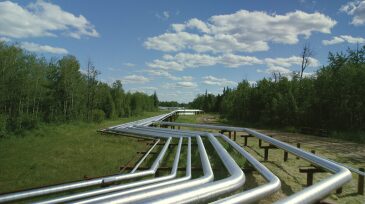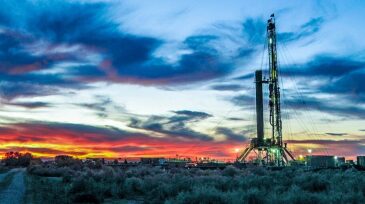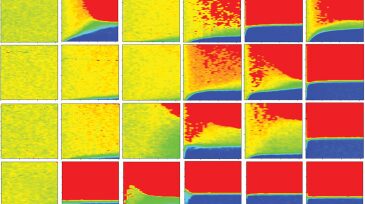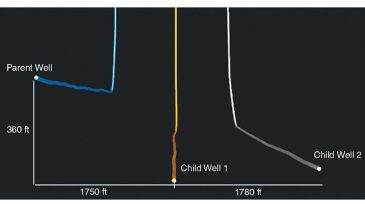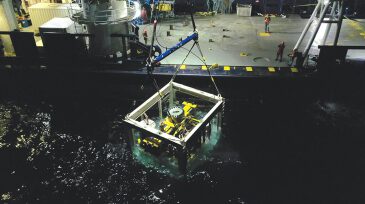Monthly Features
-
This article is the fourth in a Q&A series from the SPE Research and Development Technical Section focusing on emerging energy technologies. In this piece, David Reid, the CTO and CMO for NOV, discusses the evolution and current state of automated drilling systems.
-
Casing deformation has emerged as a major challenge in China’s unconventional oil and gas fields, prompting the development of new solutions to address the issue.
-
Oil and gas experts encourage human/AI partnerships that can “supercharge” capabilities to create competitive advantages.
-
The US supermajor is using one of its lowest-value hydrocarbon products to generate double-digit production increases in its most prolific US asset.
-
The use of real-time wireless downhole pressure gauges proved a valuable alternative to workover operations in two onshore fields in Iraq.
-
Bad vibes are being addressed by contractors as operators push to go faster, deeper, and longer with unconventional wells.
-
Oil sands producers predicted they could reduce production by 300,000 B/D by turning down steam injection. This will test methods to reduce, rather than stop, injection to avoid the damage caused by rapid cooling in some wells.
-
Hydrogen is big news, and not for the first time. But this time could be different. This article looks at the current state of enabling technology, obstacles to a hydrogen economy, and signs that the hydrogen economy could be emerging.
-
Oil and gas are not the only things in the ground that can power our lives. Heat in the form of geothermal energy is rapidly taking its place alongside other sources of renewable energy, buoyed by the lessons learned from decades of drilling for oil.
-
Barbara Burger says the key interest areas for the supermajor’s portfolio of startup investments remains unchanged despite a new industry downturn. However, the environment is tighter and the way in which deals are made has already seen notable change.
-
Each year at the SPE Artificial Lift Conference and Exhibition, energy professionals convene to connect, grow, and learn—and also to laud outstanding innovators in their field.
-
With their gee-whiz—albeit artificial—intelligence, robots may be the industry’s answer to jobs deemed dangerous, dirty, distant, or dull.
-
Bottle tests are the preferred method to test petroleum emulsion stability in the industry today. A new technique using nuclear magnetic resonance (NMR) is available to evaluate both stability and demulsification behavior of emulsions.
-
While drilling in deepwater Gulf of Mexico, a topdrive failure forced the shutdown of all drilling operations for the rig operator and lasted for 114 hours.
-
In an era where capital markets are hitting the brakes on funding the US shale sector, operators have increasingly pivoted from production growth to maximizing the rates of return via lower-cost wells.
-
A lot about the blowout preventers used for offshore drilling has changed since Macondo in 2010, but the essentials remain. This evolution serves as a case study on why some oilfield technology is hard to change.
Explore Content by Discipline
Power Up With JPT Newsletters
JPT Newsletter (Weekly).
All the top stories, trends, and tech.
JPT Unconventional Insights (Monthly).
Fresh takes on shale and tight oil.
Get JPT articles in your LinkedIn feed and stay current with oil and gas news and technology.







